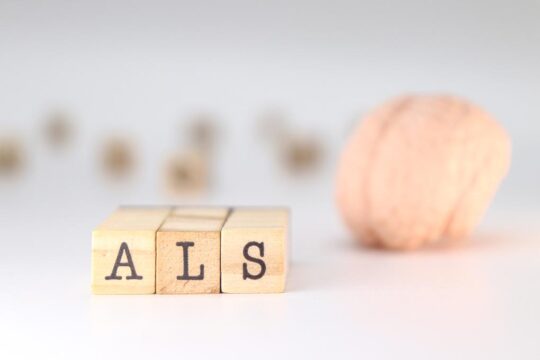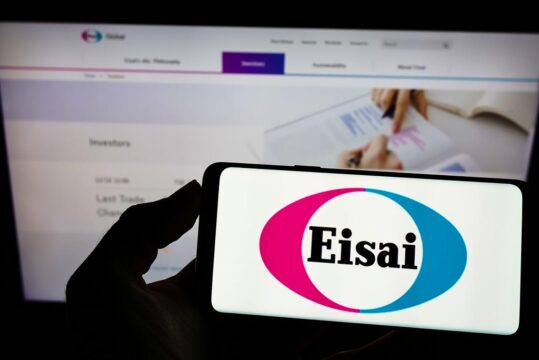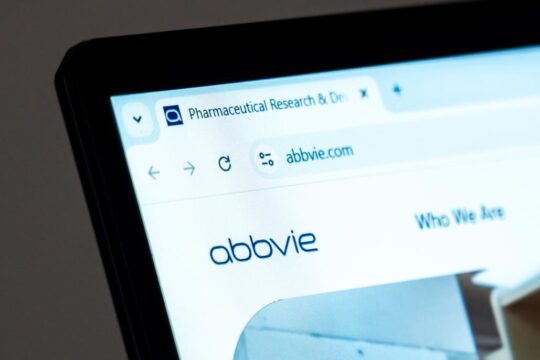Advertisment
ACC 2013 Report – GIK may only mitigate MI
An infusion of glucose, insulin, and potassium (GIK) to patients on the way to the hospital for acute coronary syndromes won’t stop a myocardial infarction (MI) but may improve outcomes, a clinical trial determined.
The rate of progression to MI wasn’t significantly lower with the IV solution compared with placebo (48.7% versus 52.6%, odds ratio 0.88, P=0.28), Harry P. Selker, MD, MSPH, of Tufts Medical Center in Boston, and colleagues found.
However, early administration saved lives, cutting the risk of cardiac arrest or in-hospital mortality as a secondary endpoint by 52% compared with placebo (4.4% versus 8.7%,P=0.01), they reported here at the American College of Cardiology meeting and online in the Journal of the American Medical Association.
Final infarct size was smaller too, covering 2% of the left ventricular mass in the treatment group compared with 10% in the placebo group (P=0.01).
“Risks and side effects rates from GIK are very low, and GIK is inexpensive, potentially available in all communities, and deserves further evaluation in trials for widespread EMS use,” Selker said at the late-breaking clinical trial session.
Anything that costs around $50 per IV bag and can save lives on this magnitude is well worth another larger study with better endpoints, likely cardiac arrest, he told reporters at a press conference afterward.
Despite the fact that the trial failed overall, many cardiologists at the conference were also optimistic that the results would resuscitate this old strategy.
“I think the study is going to revive interest in a therapy that people had thought was clearly not beneficial,” Howard C. Bauchner, MD, editor-in-chief of JAMA, said at a press conference after the session.
The idea of GIK for metabolic support during cardiac ischemia was gained some momentum in the 1970s based on animal study results.
The solution provides extra metabolic fuel to help out myocardial cells threatened by ischemia; preserves levels of potassium to protect against arrhythmia; and reduces levels of the free fatty acid that waste oxygen, damage membranes, and contribute to arrhythmia.
While logical as a therapy, the lack of benefit in multiple trials made GIK a dead issue, explained study discussant Bernard Gersh, MD, of the Mayo Clinic in Rochester, Minn.
But those studies typically gave GIK 6 hours after onset of symptoms during or after reperfusion, whereas the critical period of ischemia and the highest mortality from acute coronary syndromes is in the first hour, Selker noted.
The trial in a way vindicated the hypothesis but likely failed due to poor choice of endpoints, Gersh suggested.
“I would not have expected [GIK’s mechanisms] to affect the primary endpoint, which is the development of a myocardial infarction,” he told attendees. “I would have expected GIK to work through modification of reperfusion injury and myocardial cell division. I would actually have turned the endpoints around.”
The IMMEDIATE (Immediate Myocardial Metabolic Enhancement During Initial Assessment and Treatment in Emergency Care) trial included 911 patients with acute ischemia, determined on ECG by paramedics, in 13 cities.
The participants were randomized to receive double-blind treatment with placebo or a solution of 30% glucose, 50U insulin, and 80mEq potassium per liter at a rate of 1.5 ml/kg per hour initiated by paramedics. The GIK dose was confirmed by emergency physicians at the hospital for continued use after patient arrival for a total 12 hours.
Time to initiation of the study drug was a median 90 minutes after symptom onset, and 31% in both groups received the GIK or dummy infusion within 60 minutes.
For the intent-to-treat results, all individual endpoints favored GIK but without reaching statistical significance. Compared with placebo, the risks were:
- 12% lower for progression to MI (49% versus 53%, P=0.28)
- 28% lower for 30-day mortality (4% versus 6%, P=0.27)
- 44% lower for cardiac arrest (4% versus 6%, P=0.08)
- 38% lower for in-hospital mortality (3% versus 5%, P=0.18)
- 27% lower for the composite of 30-day mortality or hospitalization for heart failure (6% versus 8%,P=0.24)
Results were similar but suggested a bigger advantage in the patients confirmed to have ST-segment elevation MI, which is the population thought to stand the best chance of a treatment effect.
Gersh and another panel member at the session questioned the magnitude of the effect on cardiac arrest and hospital mortality.
But Selker countered that a halving of that mortality wasn’t unreasonable because most deaths occur in the first hour.
In subgroup analyses, the greatest advantage in the composite of cardiac arrest or hospital mortality was with GIK in the first hour after symptom onset (P=0.02).
Risk of elevated potassium over 5.5 mEq/L tended to be higher with GIK (4% versus 2%, P=0.098). Glucose reached over 300 mg/dL in 44% of GIK patients compared with 29% of the placebo group (P=0.02).
It’s “back to the future,” said conference chair Patrick O’Gara, MD, of Brigham & Women’s Hospital in Boston.
“A trial like this might suggest that, in addition to the heparin and the aspirin and nitroglycerin that patients receive by EMS during transport to the hospital, some of them might benefit from an infusion of this type of medication in order to reduce the morbid complications of their heart attack,” he said
Selker cautioned that the absolute number of events in the trial was small and that the infarct size findings were based on a subset of 143 patients. Longer term follow up is under way, he noted.
The study was funded by the National Heart, Lung, and Blood Institute.
The National Center for Research Resources, now at the National Center for Advancing Translational Sciences, provided laboratory testing. Eli Lilly donated insulin. ECG-based decision support software was donated by Physio-Control and Zoll Medical.
Selker reported institutional receipt of grant funds and indirect payment for his work and travel expenses, Curlin for intravenous pumps, and Philips Healthcare for ECG decision support software. Selker also reported an expired patent for the TPI ECG software without royalties.
Gersh reported receiving consulting fees or honoraria from Medispec, Merck Sharp & Dohme, St. Jude Medical, Boston Scientific, Ortho-McNeil Janssen Scientific Affairs, Merck, GE Healthcare,
Reference:





